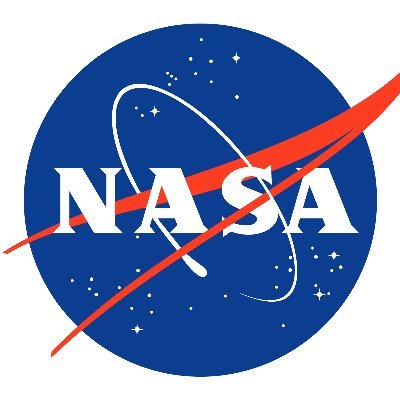User Overview
Followers and Following
Followers
Following
Tweet Stats
Analysed 0 tweets, tweets from the last 0.0 days.
Tweets Day of Week (UTC)
Tweets Hour of Day (UTC)
Key:
Tweets
Retweets
Quotes
Replies

Tweets Day and Hour Heatmap (UTC)
| Top Applications | Count | % |
|---|
| Top Tweet Types | Count | % |
|---|
| Top Content Types | Count | % |
|---|
Tweets
No tweets found


